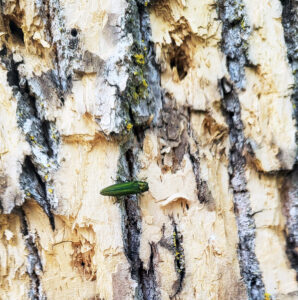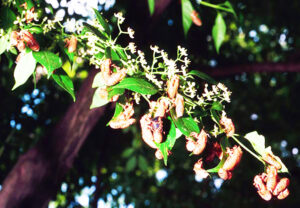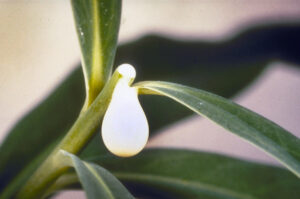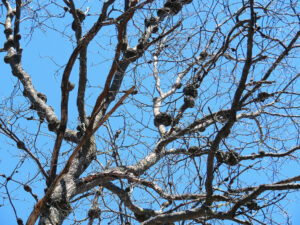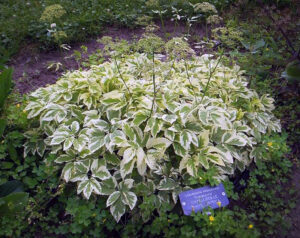By Carmen Hardin, DNR Applied Forestry Bureau Director;
Carmen.Hardin@wisconsin.gov
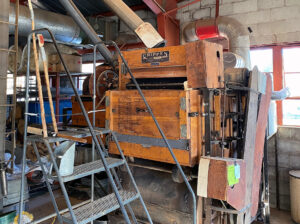
Existing seed cleaning equipment at Hayward State Nursery is scheduled for an update.
Landowners across the state have stepped up in a big way when it comes to planting trees.
At the end of 2023, more than 32 million trees had been planted and tallied as part of Wisconsin’s Trillion Trees Pledge. The program started in 2021 when Governor Tony Evers committed the state to planting 75 million trees and conserving 125,000 acres of forestland by 2030. Continue reading “Wisconsin Expands Trillion Trees Pledge”


 As Wisconsin braces for another potentially busy season of spongy moth caterpillars, three state agencies have teamed up to make it easier for tree owners and others to access the latest information and advice on the invasive, leaf-chomping pests.
As Wisconsin braces for another potentially busy season of spongy moth caterpillars, three state agencies have teamed up to make it easier for tree owners and others to access the latest information and advice on the invasive, leaf-chomping pests.